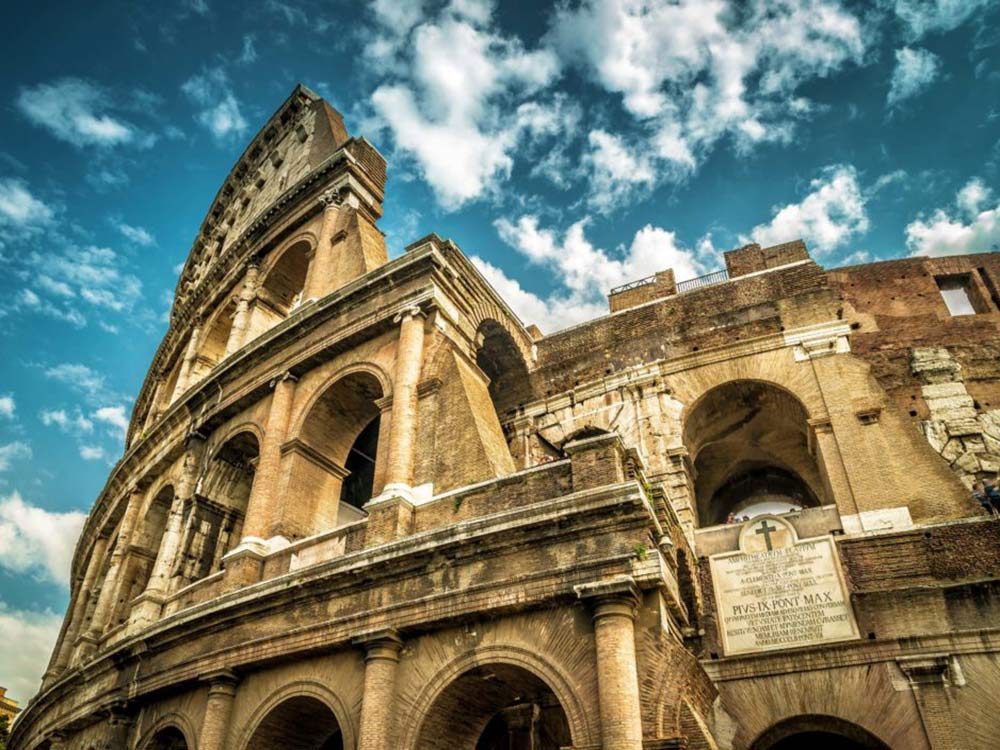
Engineering Marvels: The Colosseum
One of the world’s most famous engineering marvels, Rome’s Colosseum was commissioned by the Emperor Vespasian in AD 72 on the marshy site of a lake in the grounds of Nero’s palace, the Domus Aurea. Deadly gladiatorial combats and wild animal fights were staged free of charge by the emperor and wealthy citizens for public viewing. The Colosseum was built to a practical design, with its 80 arched entrances allowing easy access for 55,000 spectators, but it’s also a building of great classical beauty. It was one of several similar amphitheatres built in the Roman Empire, and some survived—at El Djem in North Africa, Nimes, and Arles in France and Verona in northern Italy. Despite being damaged over the years by neglect and theft, it remains a majestic sight.
Fascinating Fact: The emperor of Rome held impressive shows, which often began with animals performing circus tricks. Then came the gladiators, who fought each other to the death. Gladiators were usually slaves, prisoners of war or condemned criminals. When one was killed, attendants dressed as Charon (the mythical ferryman of the dead), carried his body off on a stretcher and sand was raked over the blood in preparation of the next bout. A badly wounded gladiator would surrender his fate to the crowd. The victor in a gladiator fight became an instant hero and was sometimes rewarded with freedom.
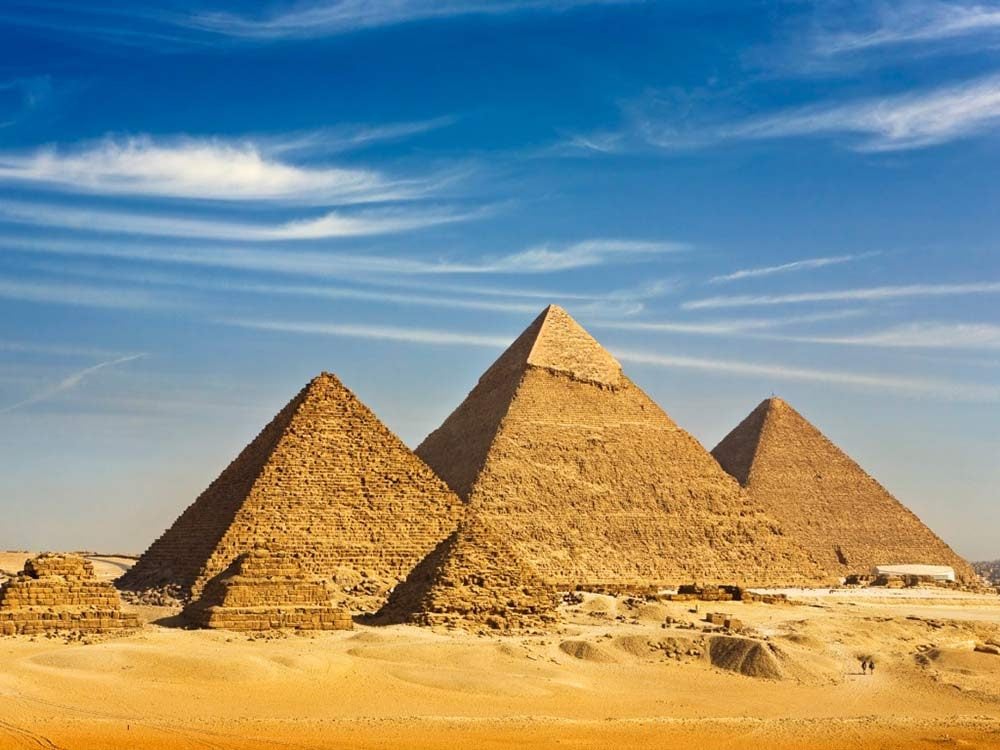
Engineering Marvels: The Great Pyramid
The facts and figures about Pharaoh Khufu’s pyramid, commonly referred to as the Great Pyramid, are staggering. It was the tallest building in the world until the 19th century, and the precision with which it was built, using simple surveying tools, is remarkable: the greatest difference in length between the four 756-ft high sides is just 2 inches. The construction methods and exact purpose of some of its chambers and shafts are unknown, but the architectural achievement is clear. The pyramid is estimated to contain over two million blocks of stone weighing on average 2.5 tons, with some weighing as much as 15 tons.
Fascinating Fact: Dating back to 2500 BC and positioned at the entrance to the pyramid, the Sphinx is the earliest known Egyptian sculpture. It stands 66 ft high, with an elongated body, a royal headdress, and outstretched paws. It is carved from an outcrop of natural rock, augmented by shaped blocks around the base added during one of several renovations. It was once thought that the nose of the Sphinx was shot off by Napoleon’s French army, but in reality it was lost before the 15th century.
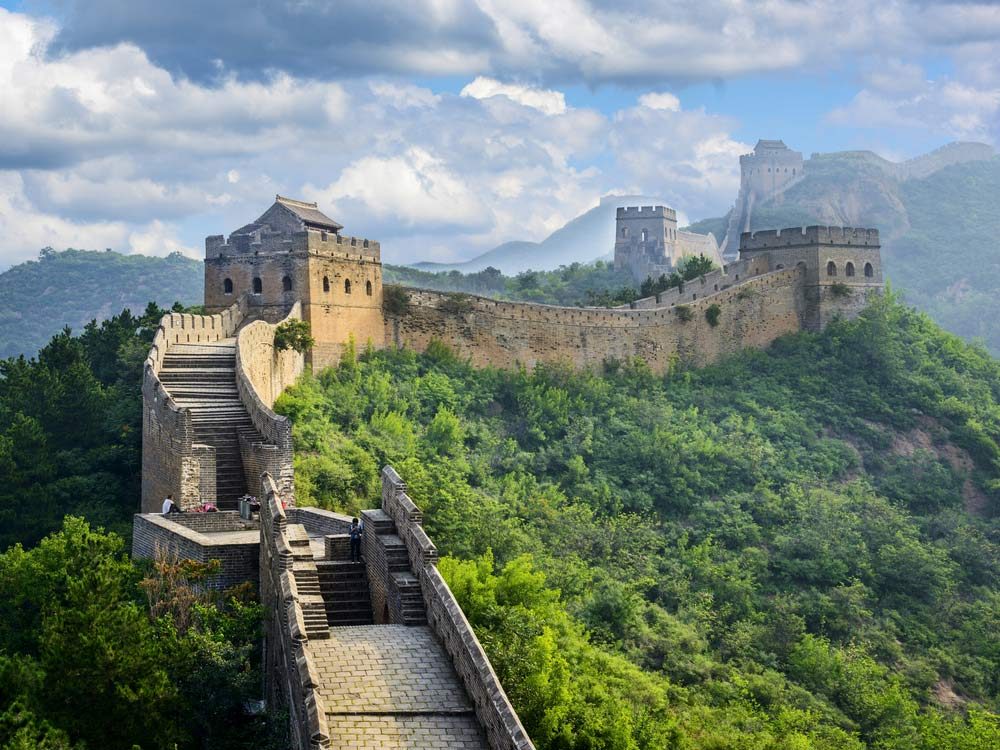
Engineering Marvels: Great Wall of China
A symbol of China’s historical detachment and sense of vulnerability, the Great Wall snakes through the Chinese landscape, over deserts, hills and plains, for more than 2,500 miles. Yet, despite its seemingly impregnable battlements, the wall was ultimately an ineffective barricade. In the 13th century it was breached by the ferocious onslaught of the Mongols and then in 17th century by the Manchu, helped by the decline of the Ming dynasty. Today, its dilapidated remains crumble across the rugged terrain of northern China and only select stations have been restored.
Fascinating Facts: One of the legends about the wall tells that, during the Ming dynasty, General Cai Kai was put in charge of building the section of wall at Huanghua, 40 miles north of Beijing. Word got back to the emperor that the general was taking too long over the task and wasting too much money. The unfortunate general was therefore executed. Later, when the Mongols mounted a concerted attack, General Cai Kai’s efforts paid off; Huanghua was the only fortress that successfully warded off the enemy. Realizing his mistake, the emperor exhumed General Cai Kai’s body and had it reburied with full honours near the part of the wall that he built.
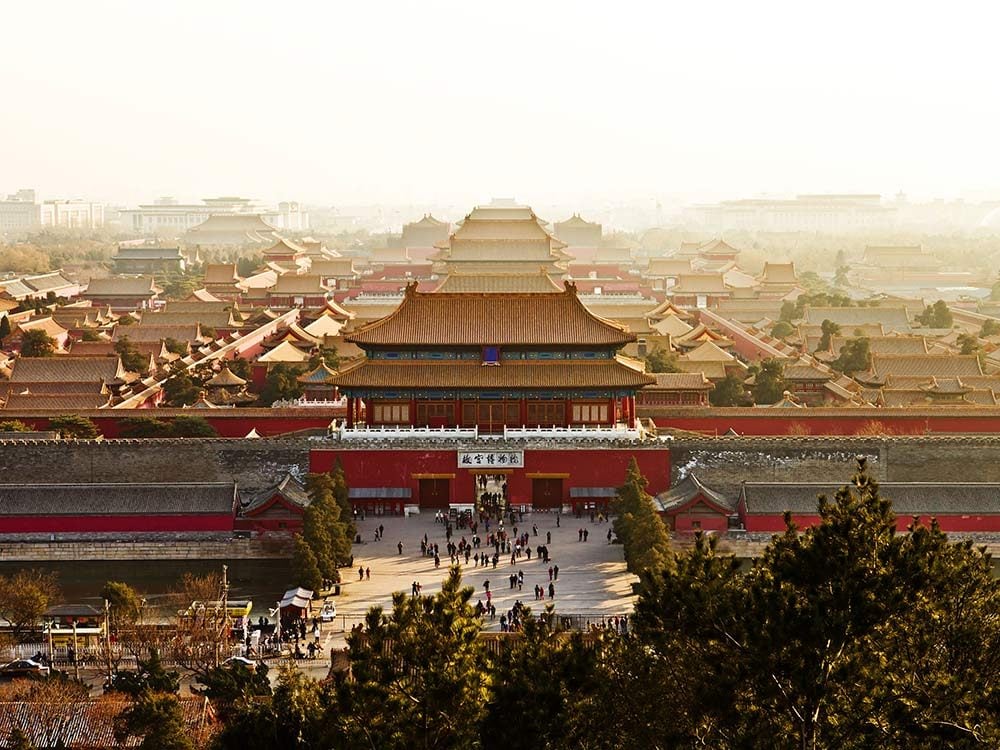
Engineering Marvels: The Forbidden City
Forming the heart of Beijing, the Forbidden City is the world’s largest palace complex, with 980 buildings across 1,614,600 square ft. Completed in 1420, it was the Chinese imperial palace for almost 500 years, housing 24 emperors of the Ming and Qing dynasties and the seat of government. As the symbolic centre of the Chinese universe, the compound was the exclusive domain of the imperial court and dignitaries on royal business, but in 1949, it was opened to the public.
Fascinating Fact: Because of the dual role of the Forbidden City—as the living quarters of the imperial family and the centre of administration—eunuchs, the only male servants allowed in the palace, were in a unique position. Allowed access to the emperor’s family, a few influential eunuchs wielded great power, siphoning off vast fortunes from the imperial coffers.
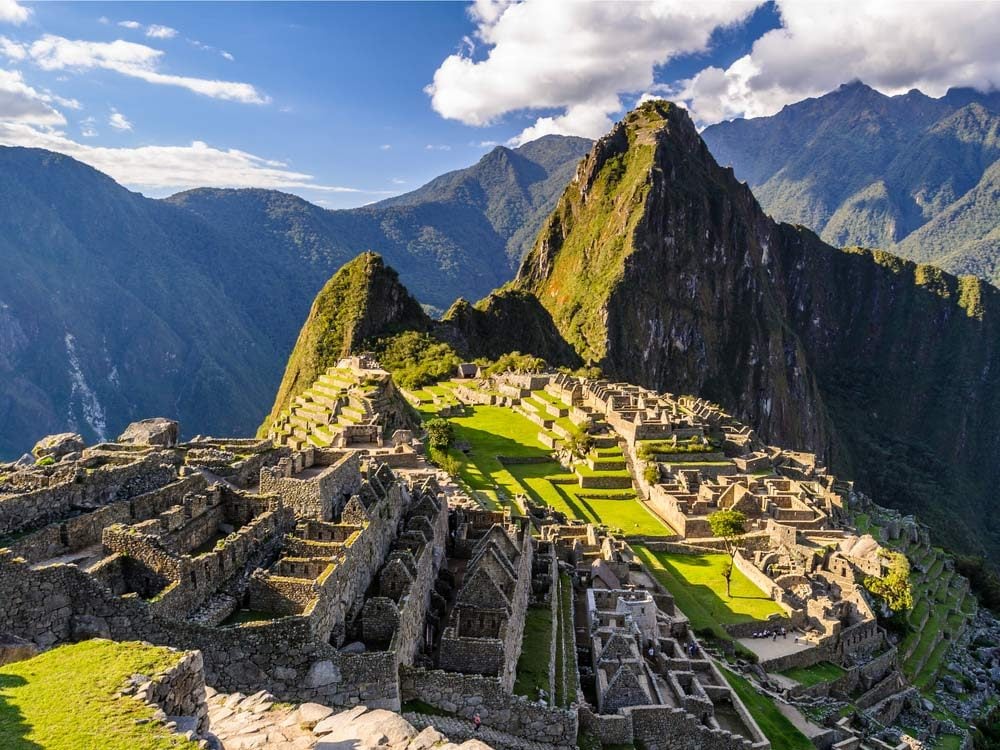
Engineering Marvels: Machu Picchu
The “Lost City of the Inca” is one of the most spectacular archeological sites in the world. Perched high on a saddle between two peaks, surrounded by thick jungle and often shrouded in cloud, it is almost invisible from below. A compact site of just five square miles, it was built in 1460 by the Incan rule Pachacuti Inca Yupanqui. Although frequently referred to as a city, it was more of a royal retreat for the Inca aristocracy. About 1,000 people inhabited the area and they were completely self-sufficient, being surrounded by agricultural terraces and watered by natural springs. Even at the time, few people outside the closed Inca community were aware of Machu Picchu’s existence.
Fascinating Fact: The people who built Machu Picchu possessed some incredibly advanced construction skills. Some of the building blocks weighed more than 50 tons, yet they are meticulously designed and fit together so exactly that the thinnest knife cannot be inserted between the mortarless joints.
Learn more about Peru’s spectacular rain forest!
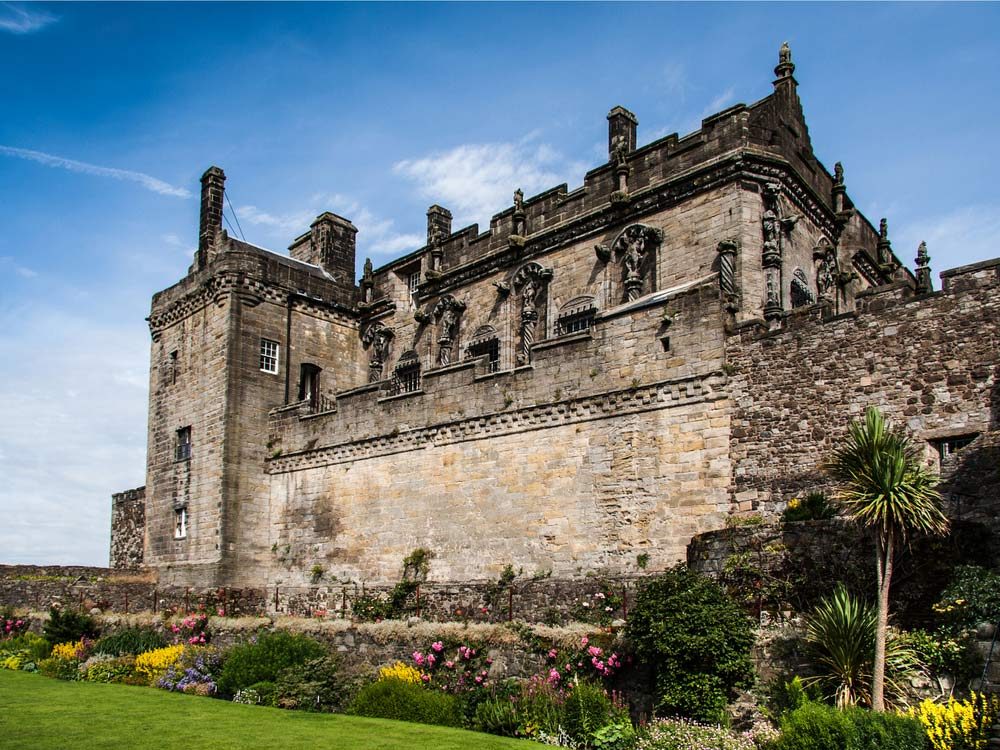
Engineering Marvels: Stirling Castle
Rising high on a rocky crag, this magnificent castle was prominent in Scottish history for centuries and remains one of the finest examples of Renaissance architecture in Britain. Legend has it that King Arthur wrestled the original castle from the Saxons, but there is no historical evidence of a castle at this location before 1124. The present building dates from the 15th to 16th centuries and was last defended in 1746 against the Jacobites, who were mainly Catholic Highlanders wishing to restore the Stuart monarchy to the throne.
Fascinating Fact: At the highest navigable point of the Forth, and holding the pass to the Highlands, Stirling occupied a key position in Scotland’s struggles for independence. Seven battlefields can be seen from the castle; the Wallace Monument at Abbey Craig recalls William Wallace’s defeat of the English at Stirling Bridge in 1297, foreshadowing Robert the Bruce’s victory in 1314.
Check out the 10 must-visit places in Scotland!
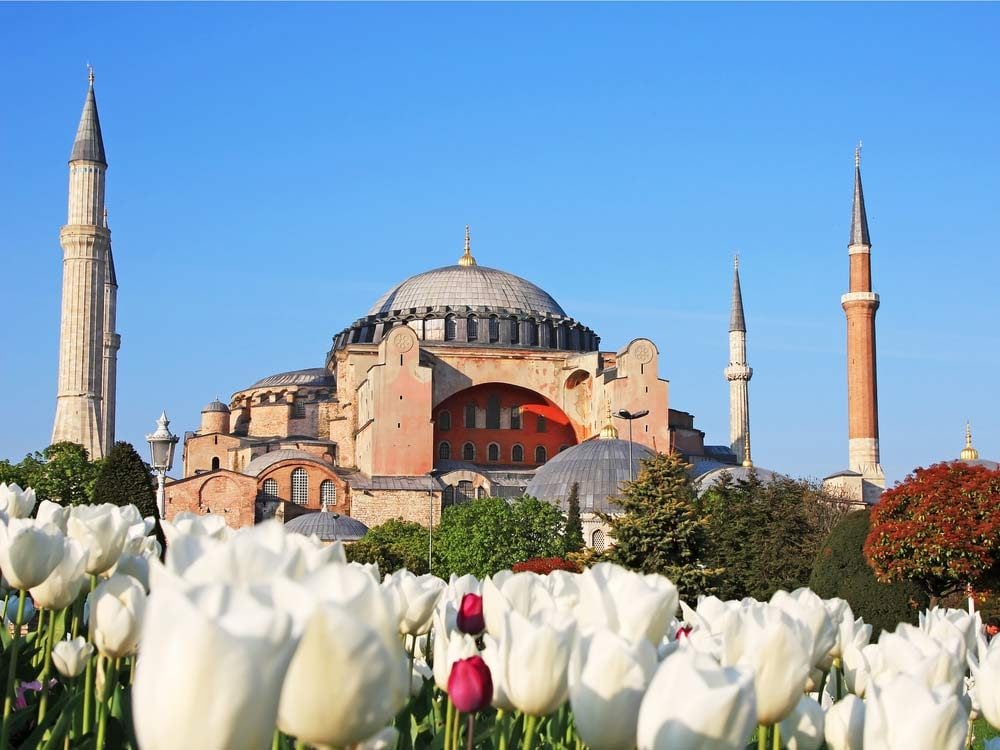
Engineering Marvels: Haghia Sophia
The “Church of the Holy Wisdom,” Haghia Sophia is among the world’s greatest architectural achievements. More than 1,400 years old, it stands as a testament to the sophistication of the 6th-century Constantinople, and had a huge influence on architecture in the centuries that followed. In the 15th century, the Ottomans converted it into a mosque: the minarets, tombs and fountains date from this period.
Fascinating Fact: Crowds often gather around the pillar of St. Gregory the Miracle Worker in the northwest corner of the ground floor. Moisture seeping from this brass-clad column is believed to have healing powers.
Check out the 10 most amazing temples in the world!
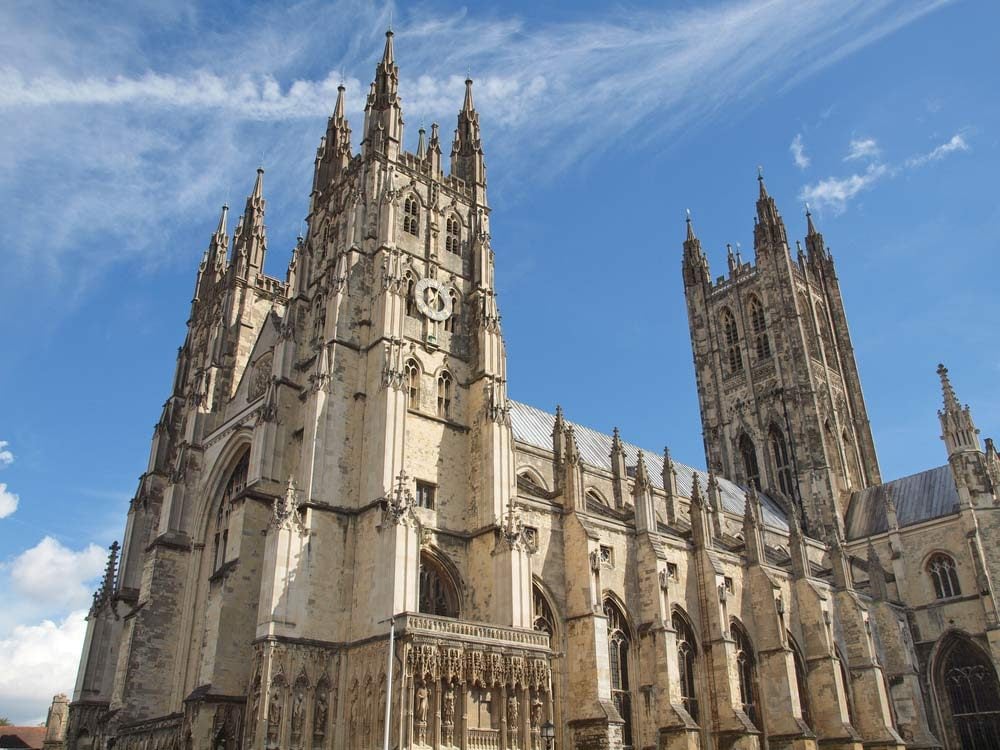
Engineering Marvels: Canterbury Cathedral
This glorious high-vaulted cathedral was designed in the French Gothic style by William of Sens in 1070 and was the first Gothic church in England. It was built to reflect Canterbury’s growing ecclesiastical rank as a major center of Christianity by the first Norman archbishop, Lanfranc, on the ruins of an Anglo-Saxon cathedral. Enlarged and rebuilt many times, it remains an exceptional example of the different styles of medieval architecture. The most significant moment in its history came in 1170, when Archbishop Thomas Becket was murdered here. In 1220, Becket’s body was moved to a new shrine in Trinity Chapel, which, until Henry VIII destroyed it, was one of the Christendom’s chief pilgrimage sites.
Fascinating Fact: Considered to be the first great English poet, Geoffrey Chaucer (1345-1400) is chiefly remembered for The Canterbury Tales, a boisterous and witty saga about a group of pilgrims who travel from London to Becket’s shrine.
Planning a trip to England? You won’t want to miss these 50 London attractions!
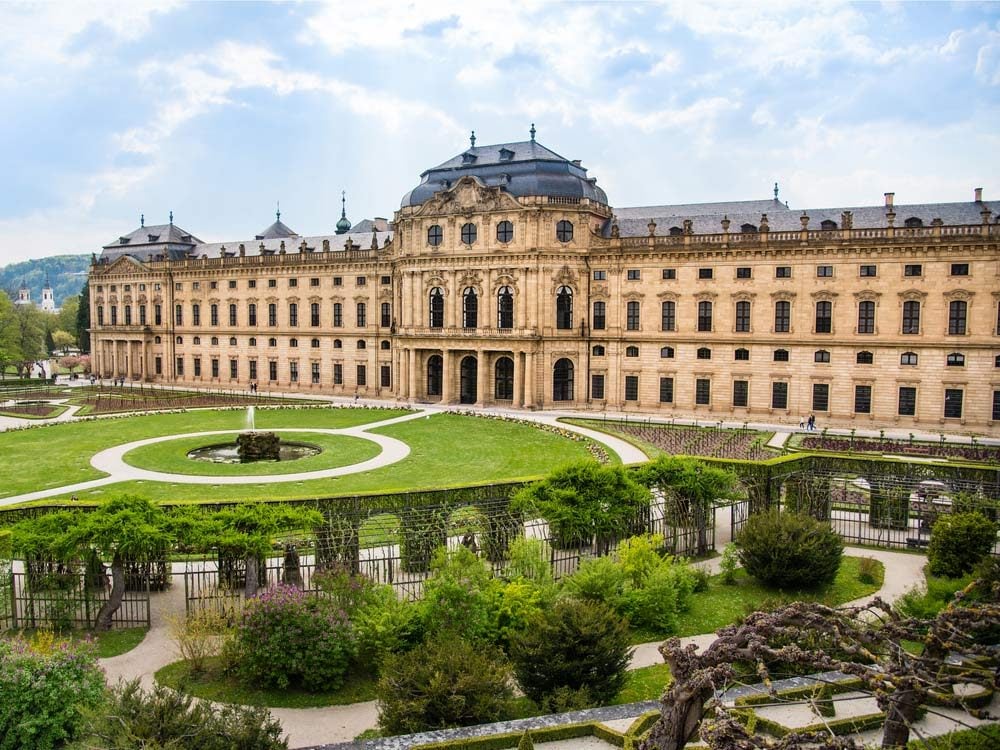
Engineering Marvels: Wurzburg Residence
A masterpiece of German Rococo, the residence was commissioned by two prince-bishops, the brother Johann Philipp France and Friedrich Karl von Schonborn, as an Episcopal palace. Its construction between 1720 and 1744 was supervised by several architects, including Johann Lukas von Hildebrandt and Maximilian von Welsch. However, the Residence is mainly associated with the name of Balthasar Neumann, the then young and unknown creator of its remarkable Baroque staircase.
Fascinating Fact: The Venetian Room is named after a tapestry depicting the Venetian Carnival. Further ornaments include decorative panels with paintings by Johann Thalhofer, a pupil of Rudolph Byss.
There’s more to Europe than meets the eye! Check out the 10 most underrated European cities.
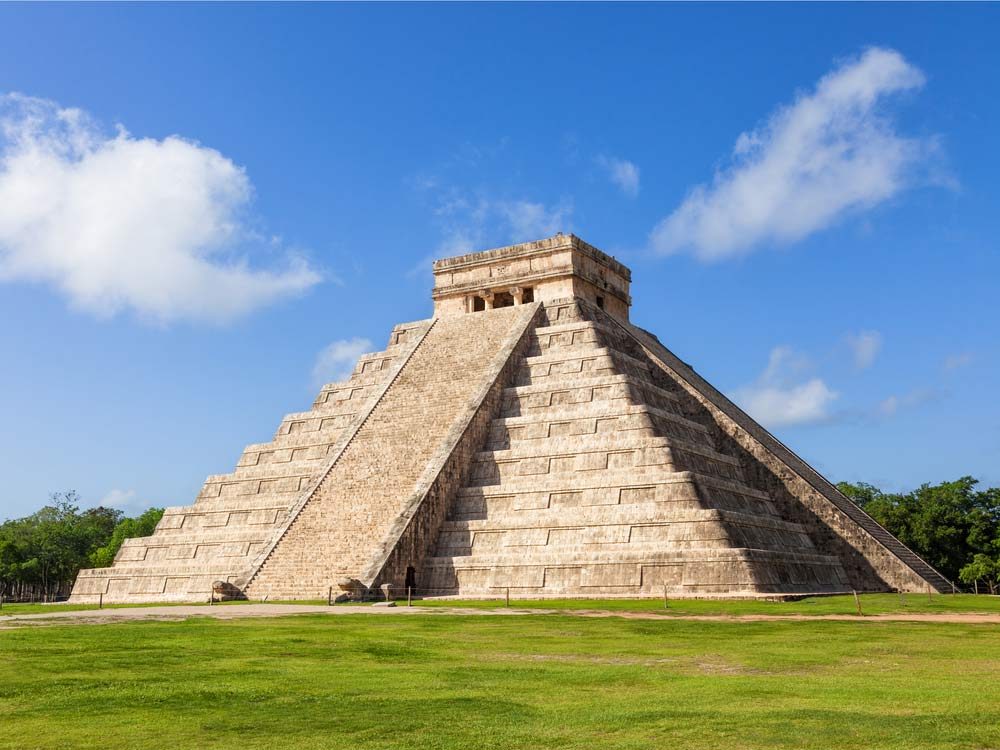
Engineering Marvels: Chichen Itza
The best-preserved Maya site on the Yucatan peninsula, Chichen Itza continues to confound archeologists. The date of the first settlement in the older, southern part of the site is uncertain, but the northern section was built during a Maya renaissance in the 11th century. Similarities with Tula, the ancient capital of the Toltec empire, and myths of exiled Toltec god-king Quetzalcoatl (Kukulcan) settling at Chichen Itza, suggest that the renaissance was due to a Toltec invasion. However, other theories hold that Tula was influenced by the Maya, not vice versa. In its heyday as a commercial, religious, and military centre, which lasted until about the 13th century, Chichen Itza supported more than 35,000 people.
Fascinating Fact: Thousands of objects, including some made of gold and jade, were cast into the Sacred Cenote as offerings to the rain god. If a human sacrificial victim survived, they were thought to possess the power of prophecy.
No matter your age, these Mexican destinations make for great vacations!